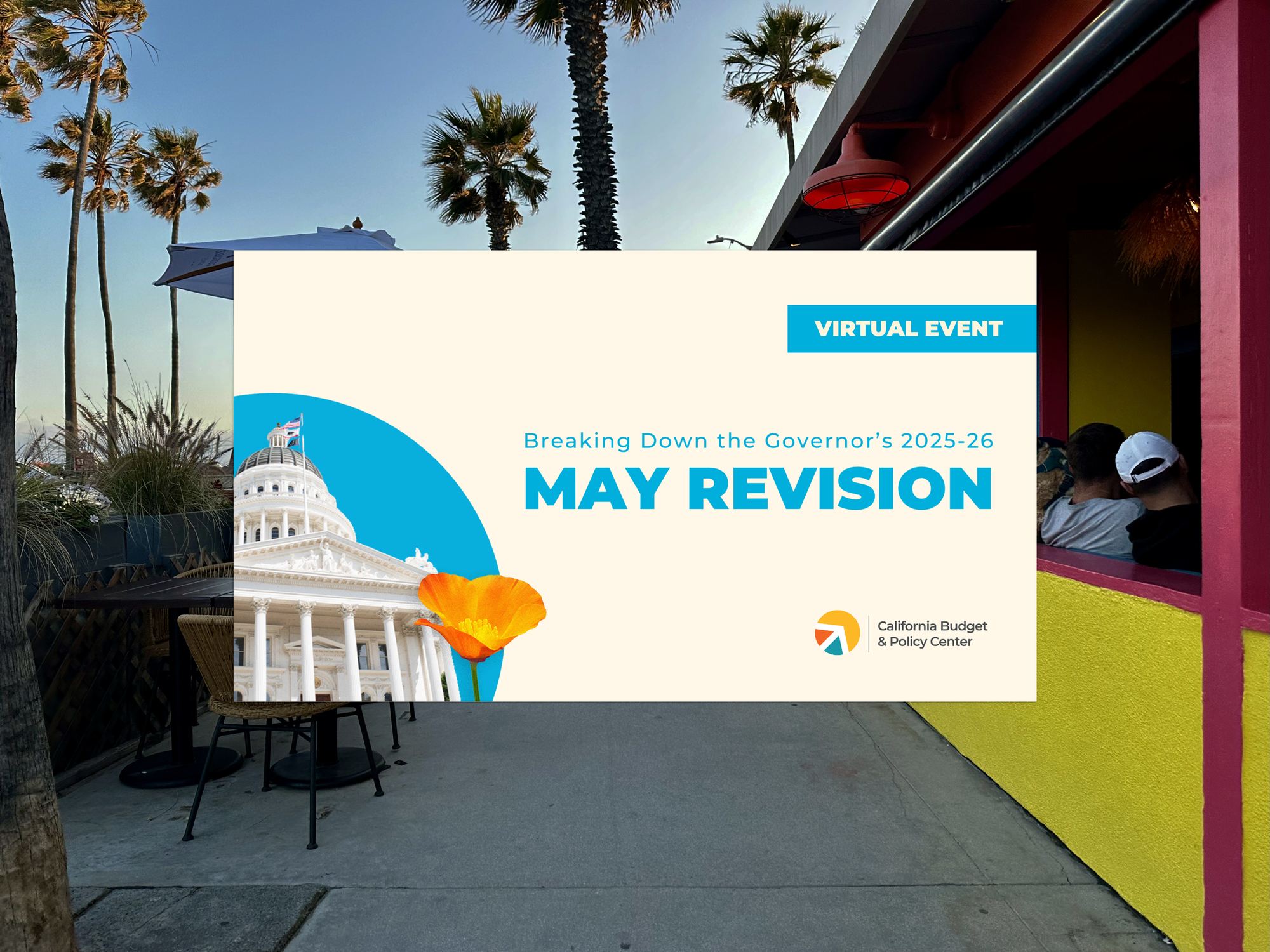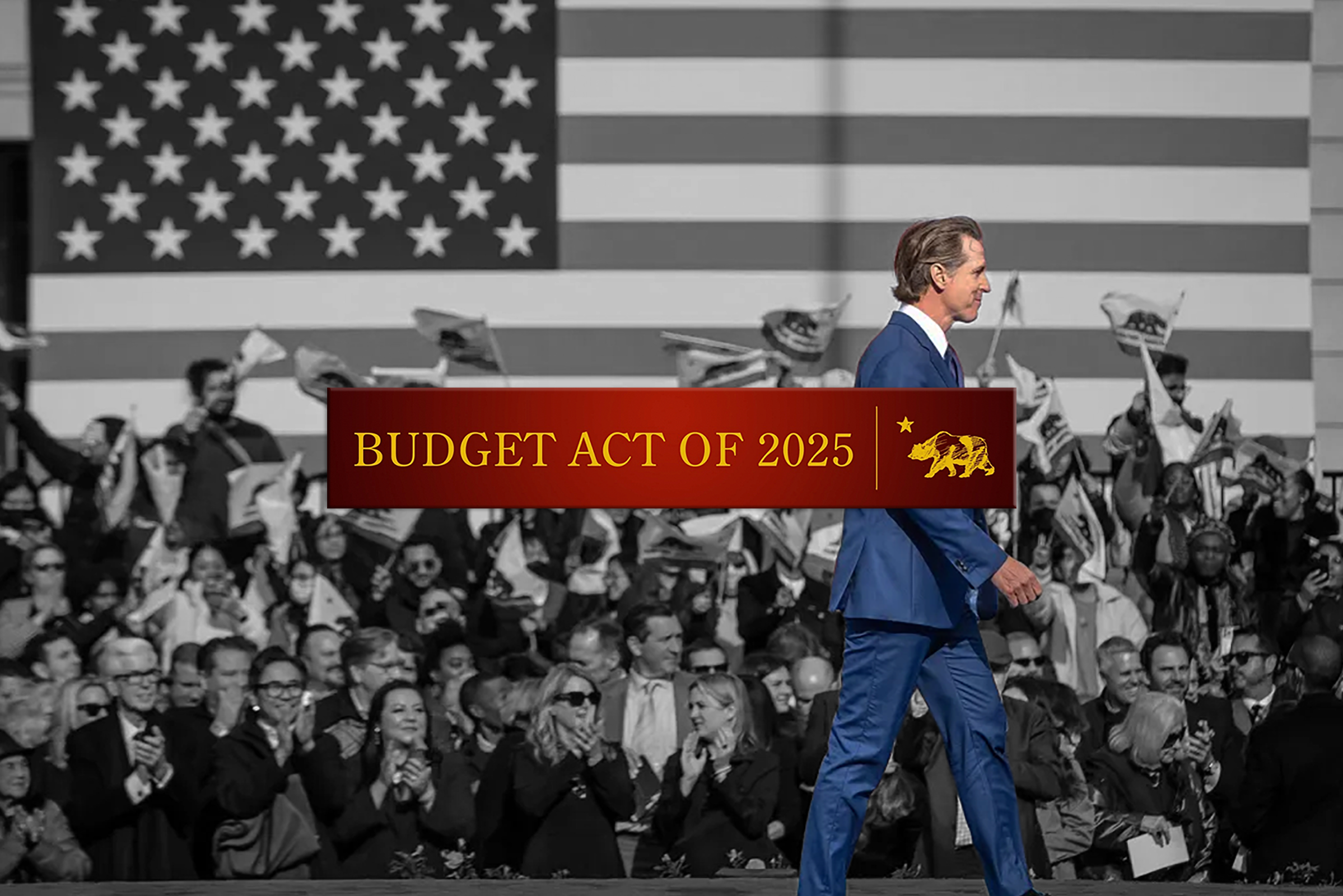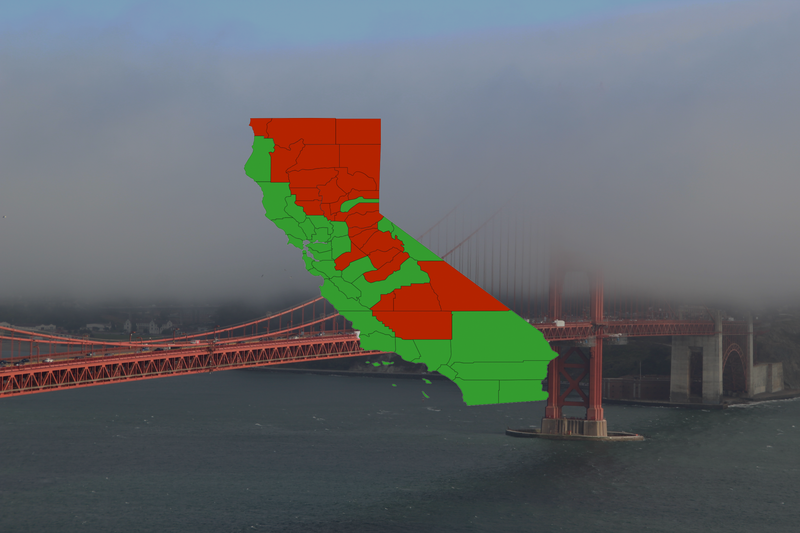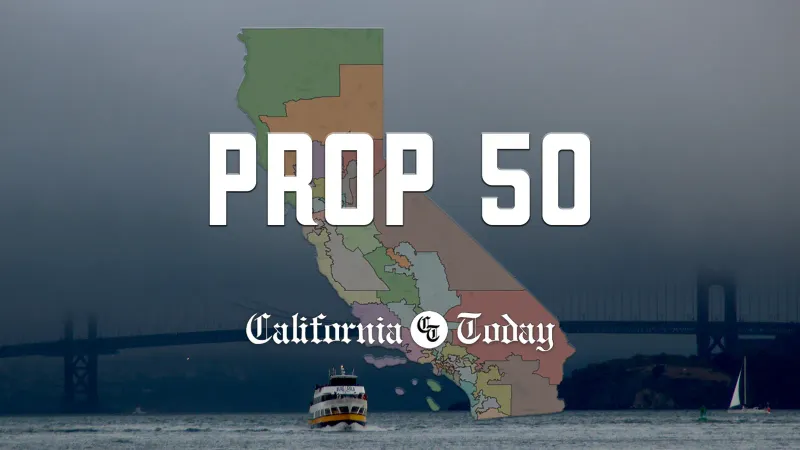California reaches budget deal—Here’s what to expect, based on Newsom’s May plan
California lawmakers have reportedly struck a budget deal for 2025-26. Full details are still to come—but here's what to expect based on Gov. Newsom’s May budget proposal.

Just days before the start of the fiscal year, California lawmakers and Gov. Gavin Newsom have reportedly agreed to a $321.1 billion state budget for the 2025–26 fiscal year. As of Tuesday evening, June 24th, the full budget language has not yet been made public.
While this agreement sets the state’s spending total, many Californians are still waiting to understand what the budget will mean for housing, health care, education, and public safety. Until official documents are released, which court documentation indicates will occur this week, one of the best available guides is Gov. Newsom’s May Revision, which shaped the budget conversation over the past month.
Newsom’s revised plan, released May 14, proposed a $226.4 billion General Fund budget that sought to close a $7.5 billion shortfall without raising taxes. The May proposal favored cuts over new revenues, while preserving reserves and continuing some past investments.
Below, we break down what Newsom’s plan suggested was on the table—and what may have made it into the final deal.
Recent Budget Updates



Newsom’s May Budget Proposal
While the final 2025–26 budget details are still pending, Gov. Newsom’s May Revision offers the clearest public snapshot of California’s proposed spending before negotiations concluded.
Table 1: Proposed Spending by State Agency
This table shows projected 2025–26 General Fund spending by agency from the May Revision.
| State Agencies | January Proposed Total State Fund* | May Revision Total State Fund* | Change* | % Change |
|---|---|---|---|---|
Business, Consumer Services, and Housing | $2,407,645 | $2,352,212 | $-55,433 | -2.30% |
Corrections and Rehabilitation | $17,600,889 | $17,493,391 | $-107,498 | -0.61% |
Environmental Protection | $4,842,896 | $4,383,478 | $-459,418 | -9.49% |
General Government | $13,419,482 | $15,422,197 | $2,002,715 | 14.92% |
Government Operations | $3,806,823 | $2,909,065 | $-897,758 | -23.58% |
Health and Human Services | $127,372,769 | $130,968,025 | $3,595,256 | 2.82% |
Higher Education | $23,995,179 | $23,784,543 | $-210,636 | -0.88% |
K thru 12 Education | $84,893,187 | $82,155,422 | $-2,737,765 | -3.22% |
Labor and Workforce Development | $2,132,871 | $2,099,133 | $-33,738 | -1.58% |
Legislative, Judicial, and Executive | $10,577,960 | $10,574,974 | $-2,986 | -0.03% |
Natural Resources | $10,786,010 | $9,910,437 | $-875,573 | -8.12% |
Transportation | $20,433,551 | $19,841,928 | $-591,623 | -2.90% |
TOTALS | $322,269,262 | $321,894,805 | $-374,457 | -0.12% |
Table 2: Changes from January to May Proposal
This table compares each department’s proposed General Fund allocation in January to the revised totals in May, including the dollar and percentage change.
| State Agencies | January Proposed Total Positions | May Revision Total Positions | Change | % Change |
|---|---|---|---|---|
Business, Consumer Services, and Housing | 8,172.5 | 8,023.4 | -149.1 | -1.82% |
Corrections and Rehabilitation | 60,202.1 | 59,015.0 | -1,187.1 | -1.97% |
Environmental Protection | 8,317.4 | 7,886.6 | -430.8 | -5.18% |
General Government | 14,298.1 | 13,997.6 | -300.5 | -2.10% |
Government Operations | 22,449.3 | 21,863.8 | -585.5 | -2.61% |
Health and Human Services | 38,705.2 | 37,644.7 | -1,060.5 | -2.74% |
Higher Education | 178,597.8 | 178,597.7 | -0.1 | -0.00% |
K thru 12 Education | 3,084.5 | 3,038.5 | -46.0 | -1.49% |
Labor and Workforce Development | 13,801.1 | 13,308.1 | -493.0 | -3.57% |
Legislative, Judicial, and Executive | 16,622.8 | 16,512.7 | -110.1 | -0.66% |
Natural Resources | 28,991.9 | 28,652.9 | -339.0 | -1.17% |
Transportation | 43,192.0 | 42,479.4 | -712.6 | -1.65% |
TOTALS | 436,434.7 | 431,020.4 | -5,414.3 | -1.24% |
Browse the full May 2025 budget proposal by section
Health and Human Services: Deep Cuts Proposed
The May Revision proposed over $5 billion in cuts, primarily targeting health care for undocumented adults, older Californians, and people with disabilities. These included:
- Freezing enrollment in Medi-Cal for undocumented adults
- Instituting $100/month Medi-Cal premiums
- Removing access to long-term care and dental benefits
It’s unclear how many of these cuts survived final negotiations, but any version of the budget will likely reflect the tension between growing Medi-Cal costs and the state’s declining revenue outlook.
Housing and Homelessness: Stalled Spending
Newsom’s May proposal abandoned new funding for affordable housing programs and delayed additional commitments to expand the state’s child care system. Homelessness prevention funds were notably absent from the May plan for 2025–26, even as cities and counties continue to push for stable, ongoing support.
Education: Minor Adjustments, Big Questions
K–12 schools and community colleges saw only modest funding changes in the May Revision due to slightly lower Proposition 98 estimates. However, the plan preserved funding for universal transitional kindergarten and scaled back previously proposed cuts to the University of California and California State University systems—from 8% to 3%.
Public Safety: Shifting Priorities
Following the November 2024 passage of Proposition 36, which toughened penalties for repeat drug and theft offenses, the May budget projected a short-term rise in the prison population. Still, Newsom’s administration proposed closing one additional state prison by 2026, citing long-term reform trends. Final budget language will determine whether these closures—and related staffing shifts—remain on track.
Film Tax Credit: Major Expansion
One of the most controversial elements of Newsom’s May proposal was a plan to expand the film and television tax credit from $330 million to $750 million annually. Critics questioned the optics of growing subsidies for production studios while cutting services for low-income Californians. However, the expansion has influential support in Sacramento and may remain in the final deal.
What Comes Next
With the Legislature scheduled to vote on the finalized deal this Friday, more concrete answers will follow. Until then, Newsom’s May budget remains a useful lens for understanding the likely priorities, trade-offs, and omissions in California’s next fiscal year.
Updates will follow as official documents are released.









